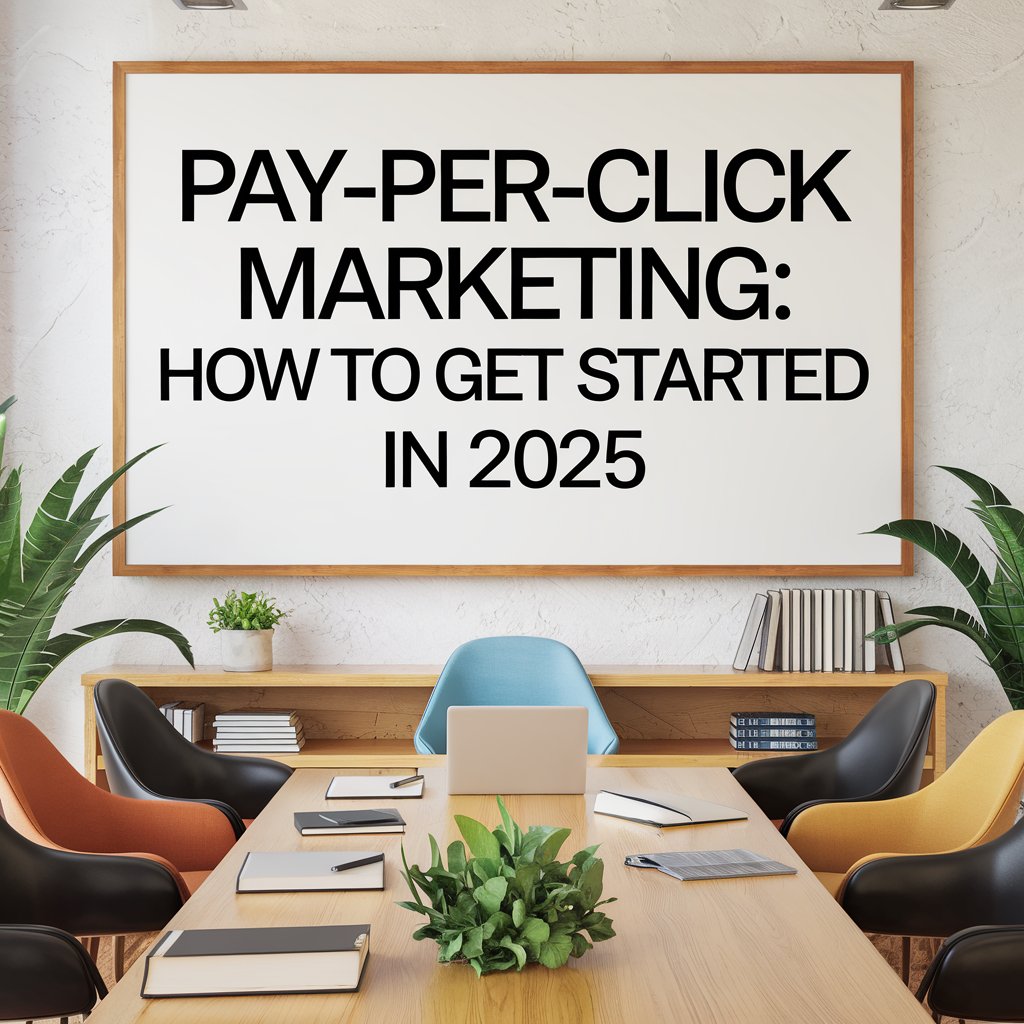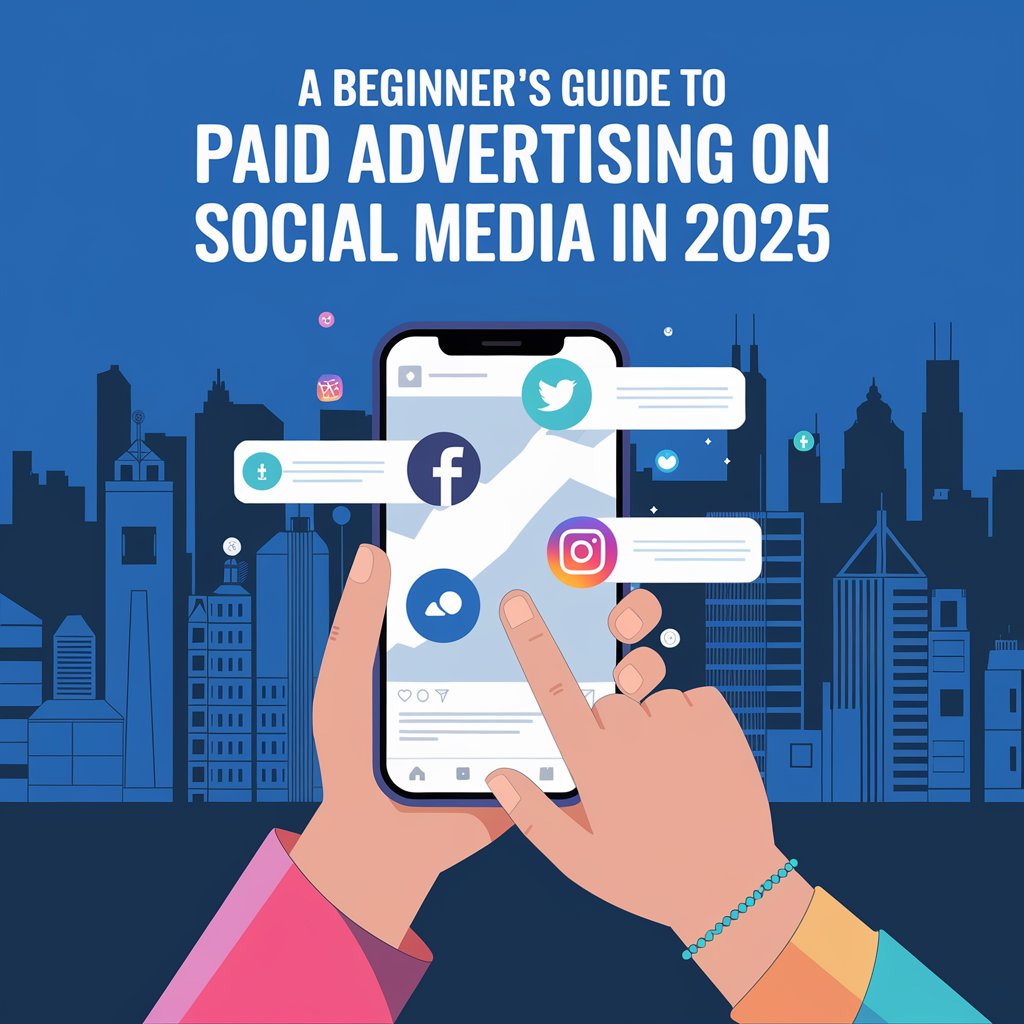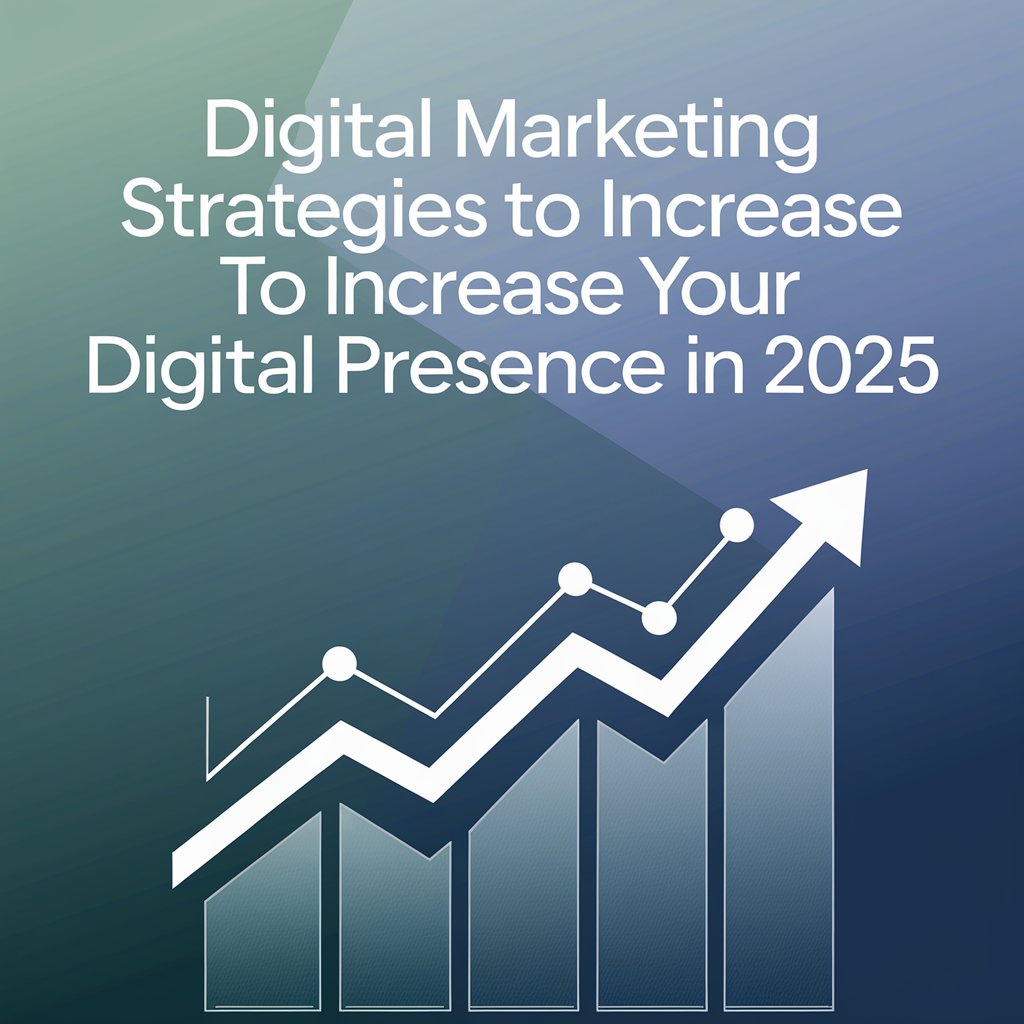Pay-Per-Click Marketing: How to Get Started in 2025
Introduction to Pay-Per-Click Marketing Pay-per-click (PPC) marketing is a powerful tool for driving traffic and generating leads. In 2025, PPC will continue to be a cornerstone of digital marketing strategies, especially on social media platforms. This guide will walk you through the essentials of getting started with PPC marketing, ensuring your campaigns are effective and SEO-friendly. What is Pay-Per-Click Marketing? In pay-per-click (PPC) marketing, advertisers incur costs each time a user clicks on their advertisement. PPC, as compared to organic traffic, enables you to purchase visits to your website, guaranteeing instant visibility and interaction. This approach works especially well on social media sites such as LinkedIn, Instagram, and Facebook. Benefits of Pay-per-click Marketing Immediate Results: PPC campaigns can drive visitors nearly instantly, in contrast to SEO, which might take months to show results. PPC advertising enables you to target particular regions, demographics, and even times of day. Measurable ROI: You can monitor each click and conversion using PPC, which makes it simpler to calculate your return on investment. Scalability: Increasing your budget will allow you to effortlessly scale your PPC ads. How to get Started with Pay-per-click Marketing Establish Your Objectives: Before starting a PPC campaign, it’s critical to establish your objectives. Are you trying to improve sales, lead generation, or website traffic? Keyword Research: To identify pertinent keywords for your campaign, use resources such as Google Keyword Planner. Pay attention to keywords that are less competitive but have a significant search volume. Make Eye-Catching Ads: A clear call-to-action (CTA) should be included in the copy of your advertisement. Ensure that the title and description of the advertisement contain your main keywords. Establish Your Budget: Decide how much you are prepared to spend on your PPC advertising. Begin with a modest budget, then raise it little by little as you start to see results. Select the Appropriate Platform: Select the platform that will yield the best results for you based on your target audience. Popular options include LinkedIn Ads, Facebook Ads, and Google Ads. Monitor and Optimize: Keep a close eye on the effectiveness of your campaign and make any required modifications. To determine what functions best, use A/B testing. Best Practices for Pay-per-click Marketing on Social Media Make Use of High-Quality Videos and Images: Visual content works better on social media networks. Leverage Audience Targeting: To reach your targeted audience, make use of the advanced targeting features offered by social media sites. Optimize for Mobile: Since a large amount of social media traffic originates from mobile devices, make sure your ads are responsive to mobile devices. Track Conversions: To measure the success of your campaigns and adjust for higher conversion rates, use tracking elements. Common Pay-per-click Marketing Mistakes to Avoid Negative Keyword Ignoration: To prevent clicks on non-related content, be sure to use negative keywords. Ignoring Advertising Extensions: Ad extensions can boost your ad’s visibility and offer more information. Not Testing Ads: Determine which ad variations perform best by testing them frequently. Ignoring Landing Pages: Make sure your landing pages offer a smooth user experience and are optimized for conversions. Advanced Pay-per-click Marketing Strategies for 2025 Make Use of Machine Learning and AI: Make use of AI technologies to automate and improve your PPC advertising. These tools can assist in creating ad copy, placing ads, and even adjusting bids. Pay Attention to Speech Search: With the growing number of speech-activated gadgets, you can get a competitive advantage by tailoring your PPC ads to voice search. Include Video Ads: You can improve your PPC success by using video material, which is quite engaging. Numerous video ad possibilities are available on websites like Facebook and YouTube. Campaigns for Retargeting: Retarget users who have previously connected with your website but did not convert by using retargeting. Your conversion rates may rise as a result of this. Utilize Social Proof: To establish credibility and trust, include user-generated content, reviews, and testimonials in your advertisements. Measuring Pay-per-click Marketing Success Click-Through Rate (CTR): This metric measures the number of clicks your ad receives divided by the number of times it is shown. A high CTR indicates that your ad is relevant and engaging. Conversion Rate: This measures the percentage of users who complete a desired action after clicking your ad. A high conversion rate indicates that your landing page and offer are compelling. Cost Per Click (CPC): This is the amount you pay for each click on your ad. Monitoring your CPC helps you manage your budget effectively. Return on Ad Spend (ROAS): This metric measures the revenue generated from your PPC campaigns compared to the amount spent. A high ROAS indicates a profitable campaign. Quality Score: Google Ads assigns a Quality Score to your ads based on their relevance, CTR, and landing page experience. A high-quality Score can lower your CPC and improve your ad position. Pay-per-click Marketing Trends to Watch in 2025 Increased Automation: As PPC campaigns get more manageable and optimized, more automation technologies should become available. Personalization: You’ll see more and more adverts that are tailored to the unique interests of each person. Integration with Other Marketing Channels: For a more unified strategy, PPC will be more and more connected with other digital marketing channels like email and content marketing. Privacy rules: Expect tighter rules that could affect how you gather and utilize data for PPC ads, given the growing concerns about data privacy. New Platform Emergence: Keep a look out for new PPC advertising chances on social media platforms that are just getting started. Tools and Resources for Pay-per-click Marketing Google Ads: The most popular PPC platform, offering a wide range of tools and features to manage your campaigns.Facebook Ads Manager: A powerful tool for creating and managing ads on Facebook and Instagram.LinkedIn Campaign Manager: Ideal for B2B companies looking to target professionals on LinkedIn.SEMrush: A comprehensive tool for keyword research, competitor analysis, and PPC campaign management.WordStream: A PPC management software that helps you optimize your campaigns and improve your ROI. Conclusion In 2025, PPC
Pay-Per-Click Marketing: How to Get Started in 2025 Read More »





